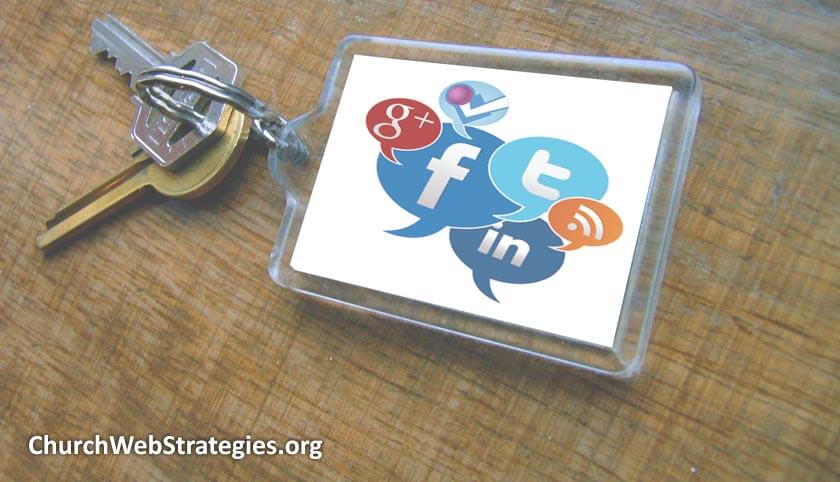Did you know that social media could be used for something other than announcing what you had for breakfast, or sharing funny pictures of cats? Online identities can be used across the web and increase how often users interact with your church’s website. If you have sections on your site where you hope users will interact with you, include social media authentication to give them less hoops to jump through and give you more community activity.
Encouraging Interaction
How many times have you wanted to use a service or buy something online, only to be frustrated with coming up with yet another username and password? You just want to get in and get out without having to make the commitment of creating an account. The same can be true for your church’s online communities.
So, you are considering establishing an online community for your church? Do you want to encourage participation and commenting with your pastor’s blog? How about increasing the size of your newsletter email list? Allow users to register with social media authentication and you should see a jump in involvement. Of course, you will need to include traditional username and password mechanism for people not on social media. Yet by pushing those social media sign-on actions to the front, you are encouraging people to participate.
 What social media outlets support this feature? Larger outlets like Facebook and Twitter are the most popular, yet others such as Google+, Yahoo, LinkedIn, and even AOL are in the mix as well. Depending on what demographic you are trying to reach, you may want to make one of these more prominent. For instance, college students may be more apt to use Twitter, and older professionals may want to use LinkedIn.
What social media outlets support this feature? Larger outlets like Facebook and Twitter are the most popular, yet others such as Google+, Yahoo, LinkedIn, and even AOL are in the mix as well. Depending on what demographic you are trying to reach, you may want to make one of these more prominent. For instance, college students may be more apt to use Twitter, and older professionals may want to use LinkedIn.
Benefits to Social Media Authentication
- The most obvious benefit to adding this feature is saving time. Your visitor will have to perform one or two clicks as opposed to filling out a form. This is especially helpful if they are on a mobile device as text input is clunky on a touch screen.
- By allowing users to import their online identity, you gain valuable information for a fraction of the effort. Plus, if they choose to share their demographic information, it becomes a wealth of data.
- Lastly users that are already signed into their favorite social media outlet are more likely to share and promote your content; as it only requires two clicks or taps. With the trend in social media platforms only sharing content with a fraction of your total connections, you need more and more people to share your content in order to get the reach you probably want.
Action Item: Most popular content management systems (CMS) such as WordPress and Drupal offer plugins to allow commenting through social media authentication. There are also ways to integrate comments from those social media platforms into your website; so that when someone comments on Facebook, it is pulled into your regular site. If you are contemplating setting up any kind of communities such as forums or chat rooms, see how you can make that sign up process as easy and streamlined as possible. Lastly, examine your statistics to see if your interaction rate has been positively affected (increased return visits, reduced bounce rate, longer time on site, etc.).
Note: This article was inspired by the Nielsen Norman Group’s article “Login Walls Stop Users in Their Tracks“
Photo courtesy of Nico van Diem

